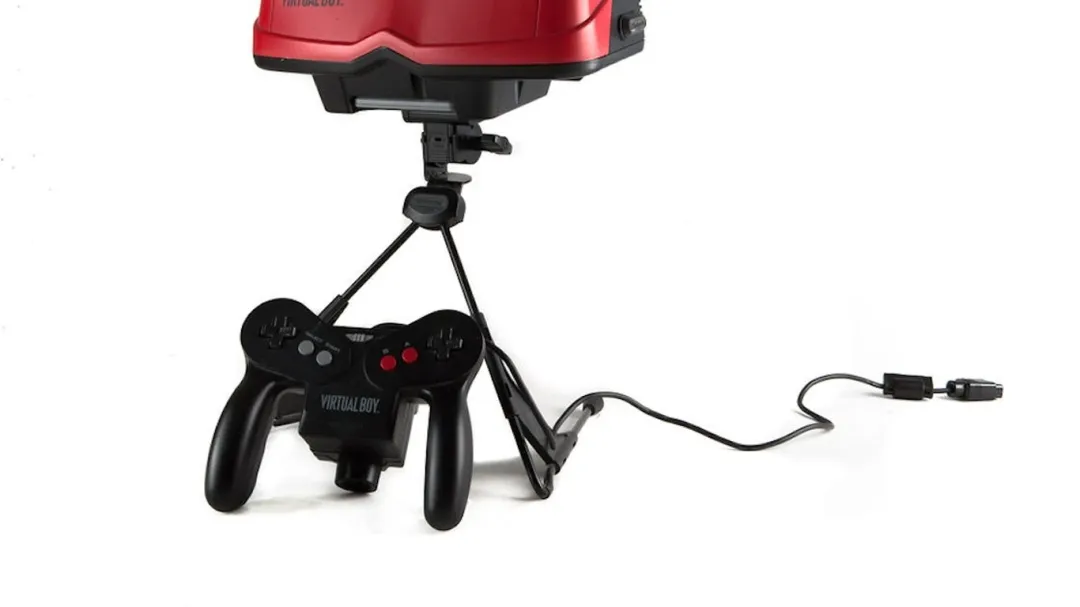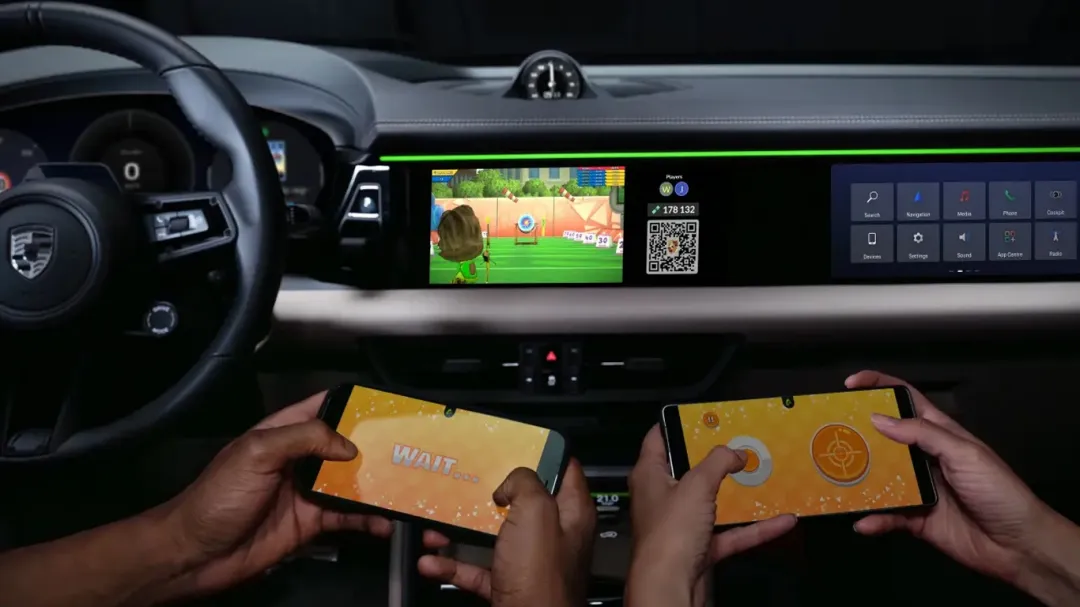Remembering Nintendo’s Forgotten Virtual Boy

In Kyoto, the birthplace of numerous iconic video game innovations, Nintendo launched the Virtual Boy, a console intended to pioneer portable 3D gaming. However, despite its ambitious design, the product faced widespread criticism for its cumbersome form and perceived health risks, leading to disappointing sales worldwide.
Industry analysts argue that the Virtual Boy’s failure stemmed from both technical limitations and a market unprepared for its futuristic vision. Its monochrome display and lack of compelling software support alienated users, overshadowed by the popularity of Nintendo’s other offerings at the time.
Gaming historian Dr. Emily Ross points out, ‘The Virtual Boy is a fascinating case of bold innovation colliding with practical realities. Though largely forgotten now, it provides valuable lessons about consumer readiness and product execution.’
Today, the Virtual Boy functions as a historical footnote, often collectible but rarely discussed, exemplifying an unusual but instructive moment in Nintendo’s otherwise steady ascendancy in global gaming culture. As virtual and augmented reality technologies advance, reflections on this legacy gain renewed relevance.


